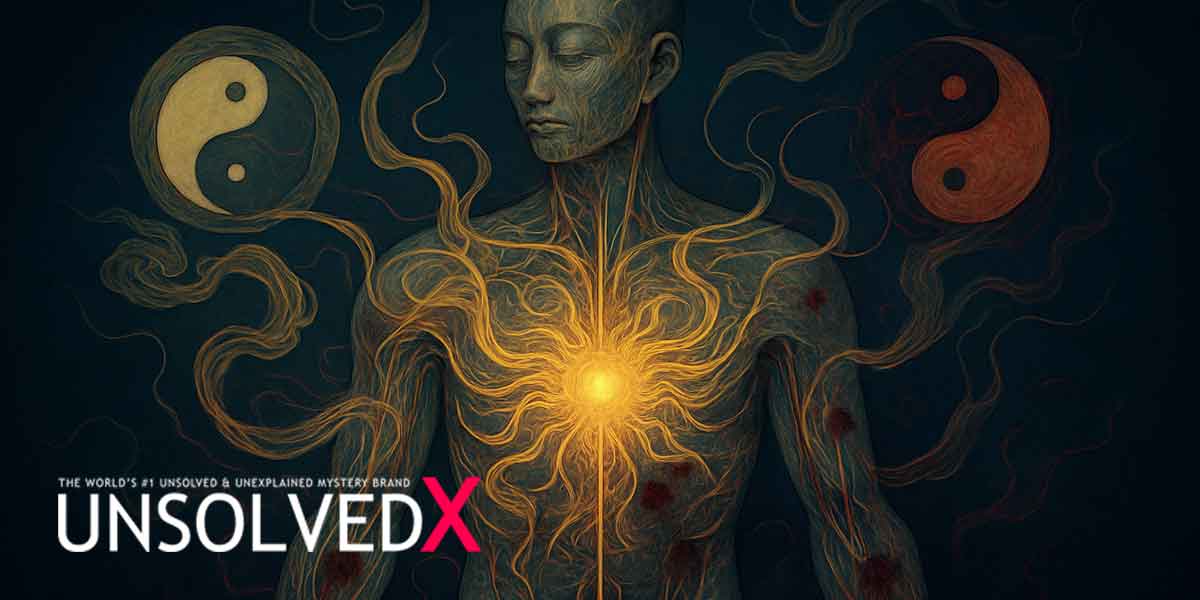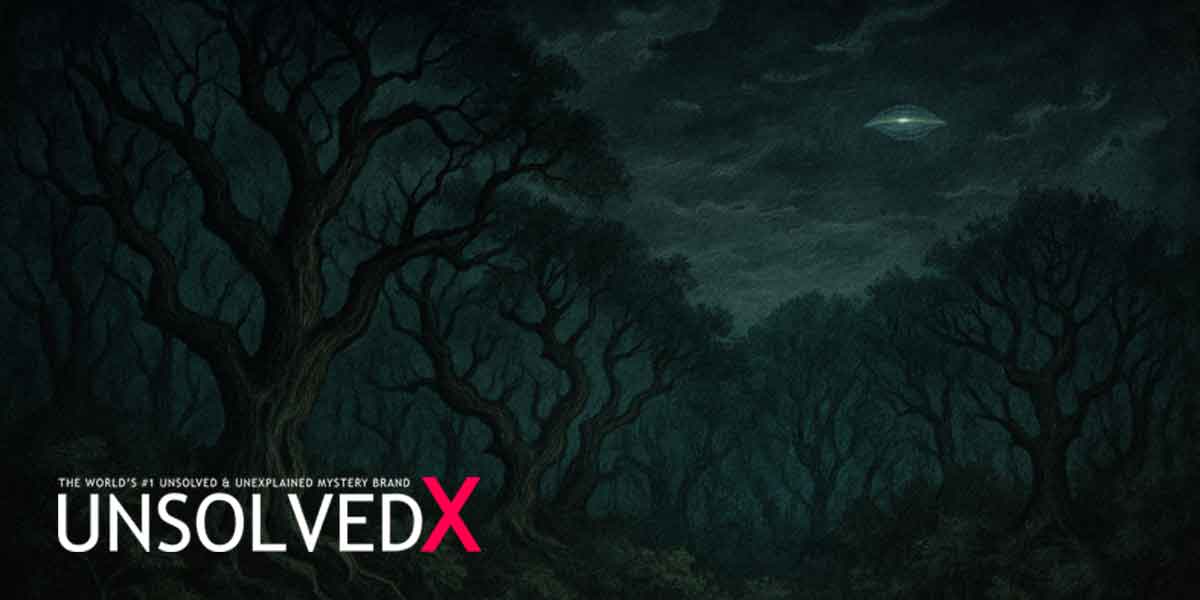Whispers of the White Plague
In the late 19th century, tuberculosis, often called "consumption" or the "White Plague," carved a grim path through communities worldwide. By 1888, the disease was a relentless killer, claiming countless lives with its insidious symptoms: a persistent cough, often tinged with blood, fever, night sweats, and a wasting away of the body. Unlike the sudden devastation of cholera or smallpox, tuberculosis was a slow, creeping terror, lingering in households and spreading through the air with every cough or breath. Its nickname, consumption, stemmed from the way it seemed to devour its victims from within, leaving them pale and gaunt, their vitality drained. In 1888, the disease was particularly rampant in urban centers and rural villages alike, with no cure in sight and limited understanding of its bacterial cause, Mycobacterium tuberculosis, which had only been identified by Robert Koch six years earlier in 1882. This lack of medical clarity fueled fear and superstition, as families watched loved ones succumb one by one.
The social impact of the 1888 tuberculosis outbreak was profound, particularly in the United States and Europe, where it was responsible for a significant portion of deaths. In New England, the disease was so pervasive that it sparked what became known as the Vampire Panic, a chilling response to the unexplained spread of consumption within families. Communities, desperate for answers, turned to folklore, believing that the dead were rising as vampires to drain the life from their living kin. This panic was not merely a footnote but a cultural phenomenon that revealed the depths of human fear when faced with an invisible killer. The 1888 outbreak, while not a singular event, was a peak in this ongoing epidemic, amplifying these macabre rituals and cementing tuberculosis’s place in both medical and supernatural history.
Shadows of Superstition and Suffering
The Vampire Panic, particularly intense in New England during the late 18th and 19th centuries, found a grim resurgence around 1888 as tuberculosis continued to ravage families. The disease’s tendency to spread within households led to horrifying conclusions: when one family member died, survivors often fell ill, as if the deceased were siphoning their life force. In rural areas like Rhode Island and Vermont, communities exhumed bodies to check for signs of vampirism, such as fresh blood in the heart or a lack of decomposition, which they interpreted as evidence of the undead. These rituals often involved burning the heart or other organs to stop the "vampire" from attacking further. One notable case, though slightly later in 1892, was that of Mercy Brown in Exeter, Rhode Island, whose family’s deaths from consumption led to her exhumation and the burning of her heart to protect her ailing brother, Edwin. Such practices, while shocking today, were a desperate attempt to regain control over a disease that medicine could not yet combat effectively.
Across the Atlantic, the memory of the Black Death, the 14th-century bubonic plague that decimated Europe, lingered in the collective psyche, and some drew parallels with tuberculosis’s relentless spread. Poveglia Island, near Venice, Italy, became a grim symbol of plague-time quarantine, having served as a confinement site for those infected with the Black Death and later for other contagious diseases. Though not directly tied to the 1888 tuberculosis outbreak, Poveglia’s dark history as a place of isolation and death resonated with the era’s fear of contagious diseases. The island’s reputation for paranormal activity, much like the vampire rituals in New England, underscores how unexplained illnesses often birthed supernatural narratives. These connections highlight a universal human response: when science falters, myth steps in to fill the void, offering both explanation and a semblance of agency against the unknown.
Sanctuaries of Hope and Haunting
The Waverly Hills Sanatorium in Louisville, Kentucky, stands as a stark monument to the fight against tuberculosis, though it opened later in 1910. Its history is deeply tied to the 1888 era, as the overwhelming prevalence of consumption in places like Louisville—where nearly 20% of deaths were attributed to the disease—drove the need for such facilities. Waverly Hills was designed to isolate patients and provide the fresh air and rest believed to be the best treatment before antibiotics. The sanatorium’s sprawling campus, with open-air pavilions and later a state-of-the-art facility built in 1926, became a self-contained community, complete with its own farm, post office, and tunnels for discreetly removing the deceased to maintain patient morale. The sheer scale of death at Waverly Hills, with estimates of tens of thousands of fatalities over its decades of operation, has fueled its reputation as one of the most haunted places in America, with paranormal tours now offered by its historical society to fund preservation efforts.
By 1888, the sanatorium movement was gaining traction, inspired by earlier European models like Hermann Brehmer’s facility in Germany. These institutions were not just medical centers but cultural responses to tuberculosis’s grip on society, embodying both hope and despair. Patients at places like Waverly Hills endured experimental treatments, from heliotherapy (sunlight exposure) to brutal surgeries like lung resection, often with little success. The sanatorium’s legacy, much like the Vampire Panic, reflects the era’s struggle to confront a disease that was both a medical and existential crisis. Today, Waverly Hills serves as a reminder of the human cost of tuberculosis and the lengths to which people went—whether through science or superstition—to survive it. For those intrigued by its history, the sanatorium’s official tours provide a glimpse into its past, blending medical history with the eerie allure of the unexplained.










Comments
Comments section coming soon!